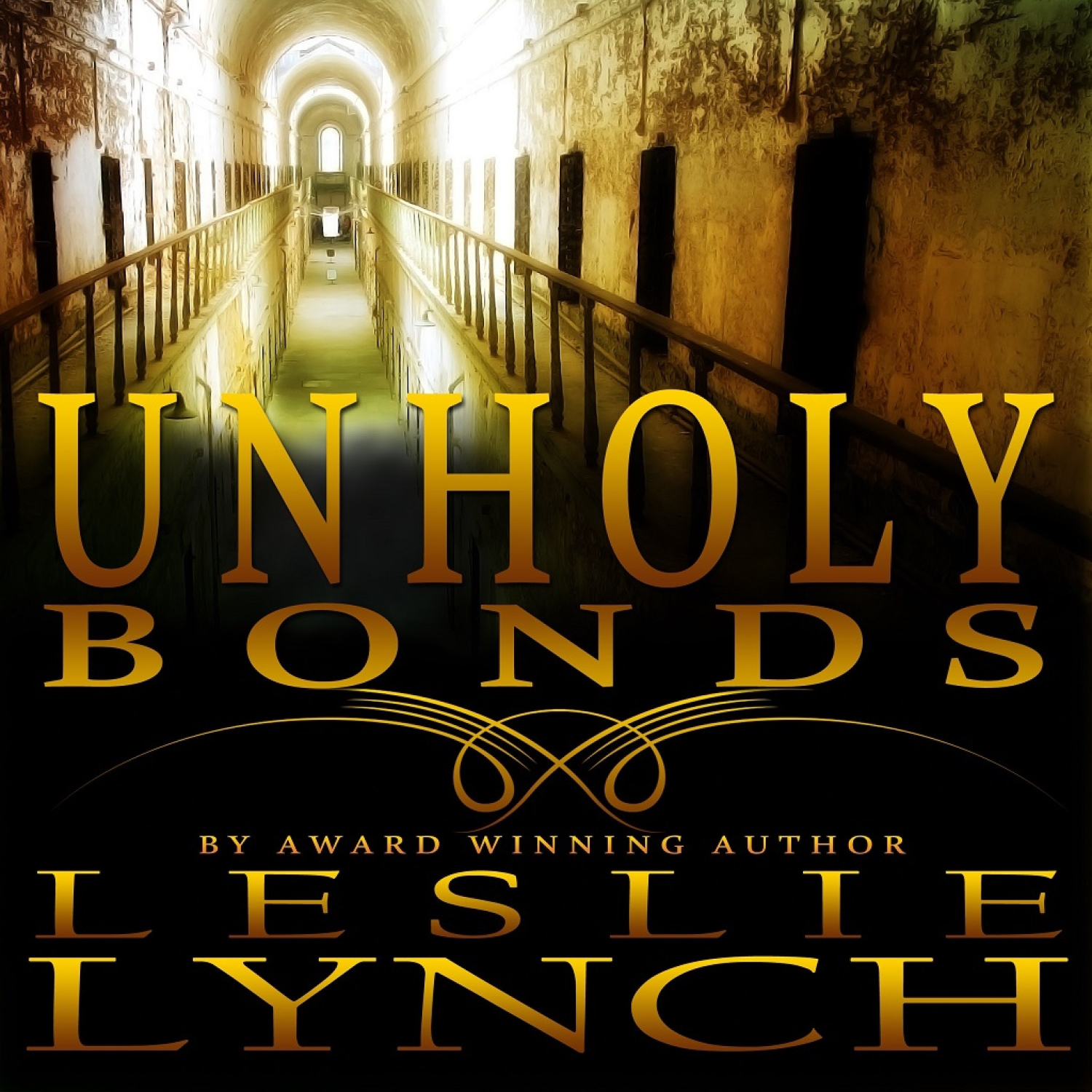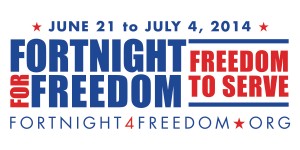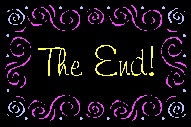![MC900434910[1]](http://blog.catholicwritersguild.com/wp-content/uploads/2014/10/MC9004349101.png) One area of writing craft that doesn’t get a lot of attention is that of writing transitions. You’ve gotten to the end of a scene, or maybe just to the middle, and the characters need to move to a different location, or perhaps some time must pass. How do we accomplish that in a way that moves the story forward and also keeps the reader’s interest?
One area of writing craft that doesn’t get a lot of attention is that of writing transitions. You’ve gotten to the end of a scene, or maybe just to the middle, and the characters need to move to a different location, or perhaps some time must pass. How do we accomplish that in a way that moves the story forward and also keeps the reader’s interest?
I admit to hitting spots like this and getting stumped. I know what is coming up, but can’t quite figure out how to make it happen on the page. Sometimes I just skip the transition, leave a space or type “needs something” in red, and go on. When I come back, the answer is often clear and I can add, then revise and move on.
Deconstructing transitions can help. Ask questions of yourself or the characters. What needs to happen next? What is a logical way of getting there? How can I as author make the “getting there” part compelling? Can I reveal characterization? Can I set a tone? Can I use an active verb? What word choices will help me create the imaginary situation that I hope my reader pictures and feels? How can I do this in an unobtrusive way?
A simple solution for time shifts is to double space between scenes. In more complex time situations, a timing cue may be necessary, i.e., a day, date, or time as a header at the beginning of a chapter. As in any literary technique, get the most bang for your buck with each word.
For instance, in Hijacked, my first novel, the female protagonist is a pilot. I purposely used weather cues that a pilot would notice to alert the reader to the time shifts. The setting became a vehicle for those transitions: A thunderstorm to indicate that summer had arrived, the brilliant color of fall foliage as seen from the air to denote autumn, the sight of malls (again, from the air) engulfed in oceans of cars just before Christmas. I used those opportunities to deepen the heroine’s character, i.e., how she felt about what was going on in her life at each of those seasons, and to move the story forward, i.e., her musings about past events or how to proceed with relationships. Is there a unique aspect of one of your characters or your setting that might serve to assist with transitions?
In more complex time situations, a timing cue may be necessary, i.e., a day, date, or time as a header at the beginning of a chapter. I used this technique in Unholy Bonds, the sequel to Hijacked. Create a timeline outside of the book as a reference; it will help keep things straight. This idea is especially helpful in creating tension in a novel of suspense. Conversely, it can indicate the passage of long periods of time and slow the pace of a more introspective novel.
Within a chapter or scene, your goal is to move the characters around without creating a sense of plastic figures being manipulated by the author. Describe their movements in terms of their personalities and within the context of the emotion felt or displayed at that moment. Give them reasons, valid ones, for going where they need to go. Use transition words (then, next, after, etc.) if you need to, but keep them to a minimum or the story begins to read like an instruction manual.
Avoid the “grocery list” approach. Too many details getting the character from one spot to another risks losing the reader’s interest. Keep only the details that move the story forward or reveal something about the character. If they need to get out of the kitchen, into the car and down the street before the next interesting thing happens, try to get that done in a sentence or two—not six.
For instance: He dropped the milk carton on the counter and sprinted to the door, grabbing a coat on the way to his vintage Harley. A roar of noise and black exhaust carried him away from safety and into the unknown of danger. Where is Patty?
Okay, I know that’s sort of hokey, but I established a whole lot of stuff in a few sentences and got him out of the house and down the street. Our hero drinks milk and rides a vintage Harley (potentially contradictory and character revealing information.) His bike belches black smoke, so it might need some maintenance. He’s leaving a place of safety and heading into danger, which makes him brave or impetuous – or both. And as he’s moved from one place to another, he’s (hopefully) kept our interest and created a sense of urgency, both on the page and within the reader, who now needs to keep reading.
What we avoided was: He picked the carton of milk up and sniffed it, but then set it down. It wasn’t sour, but a thought crossed his mind. He hadn’t heard from Patty yet, and she had promised to call him when she arrived at work. Where was she, anyway? Concerned, he walked quickly down the hall where he picked up his keys and his coat, then checked his pocket for his wallet. Satisfied that he had everything he needed, he stepped out of the house, closed the door and locked it, then took the three steps from the porch to the sidewalk. His motorcycle was parked on the driveway, and he walked over to it, then picked up his helmet and put it on. (Are you bored yet? I am! And it’s so painful I’m not going to write any more! But I bet you get the idea!)
Many times, the transition doesn’t need to be exact. Sometimes you can simply start the next sentence or scene with a thought in the character’s POV that indicates a change has taken place, then move on from there. Flashbacks followed by “leap forwards” can work, too, but use caution. Overuse or poor execution of flashbacks cause more problems than they solve.
This is a good time to get out your favorite novel and read a bit of it, paying close attention to how the author treated transitions. How do you handle transitions? Do you have suggestions beyond what I’ve addressed here? Please share!




![MC900434910[1]](http://blog.catholicwritersguild.com/wp-content/uploads/2014/10/MC9004349101.png)







